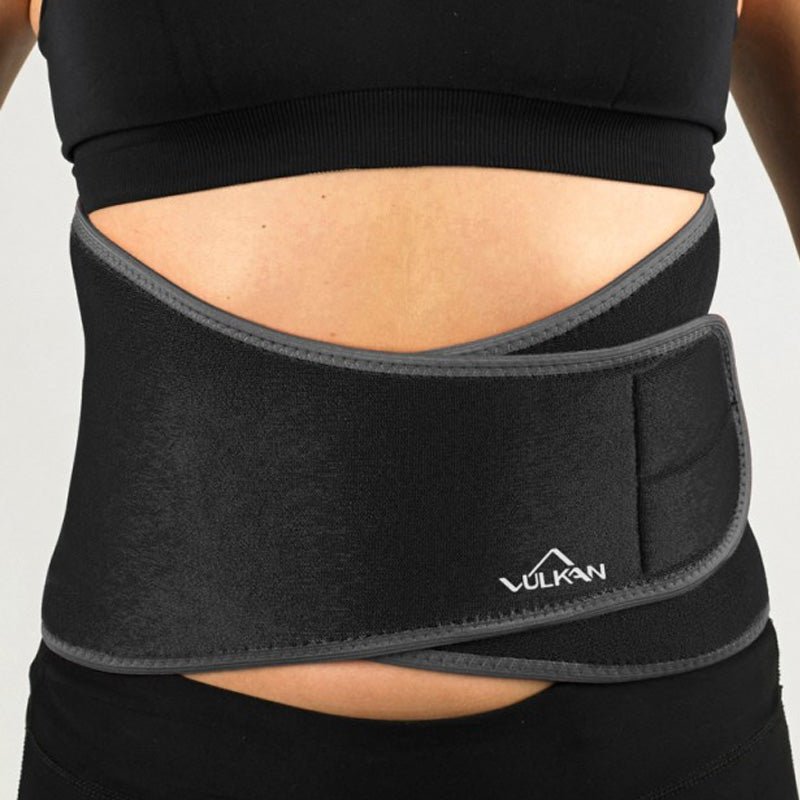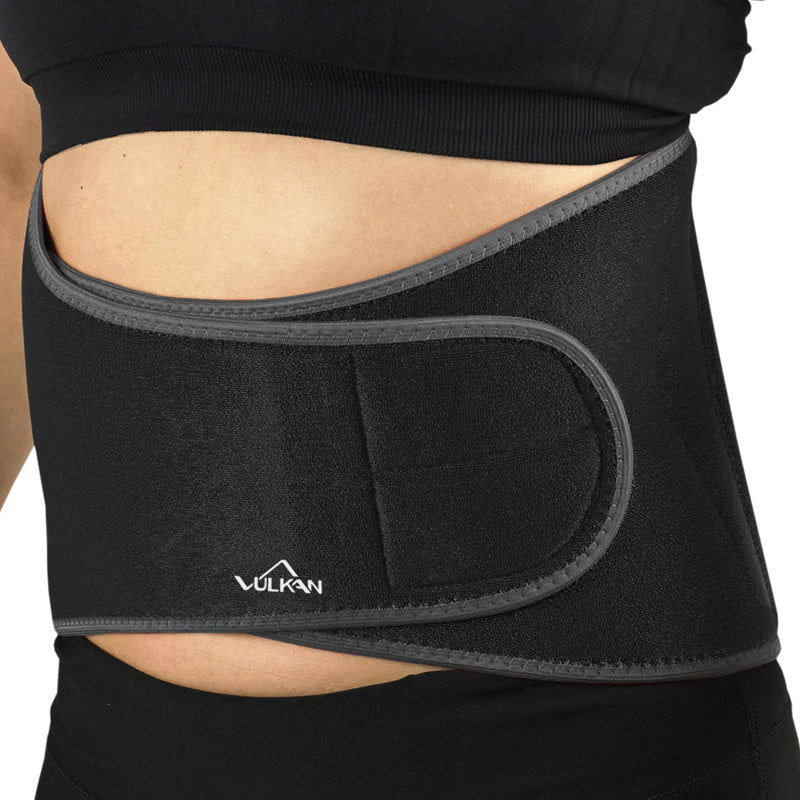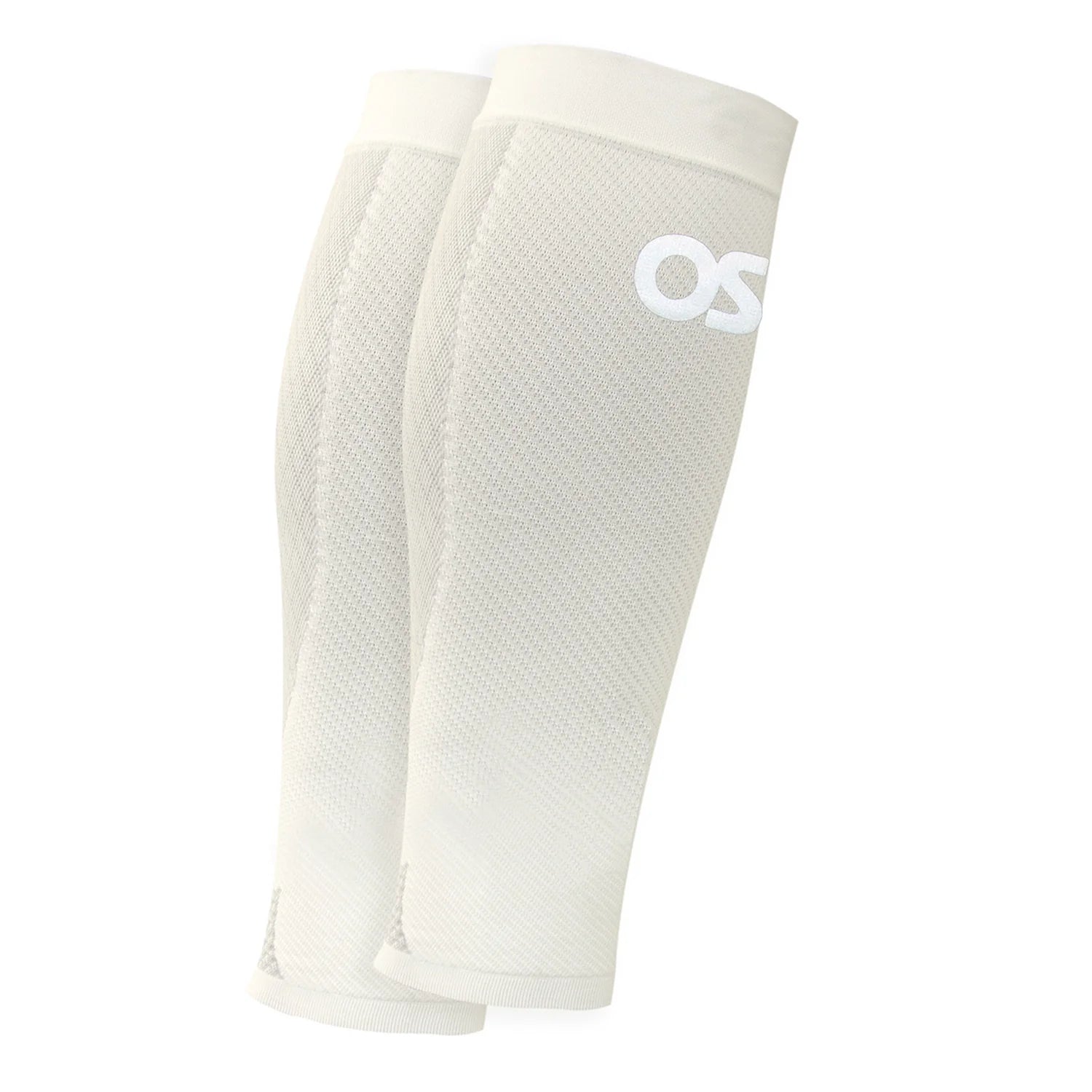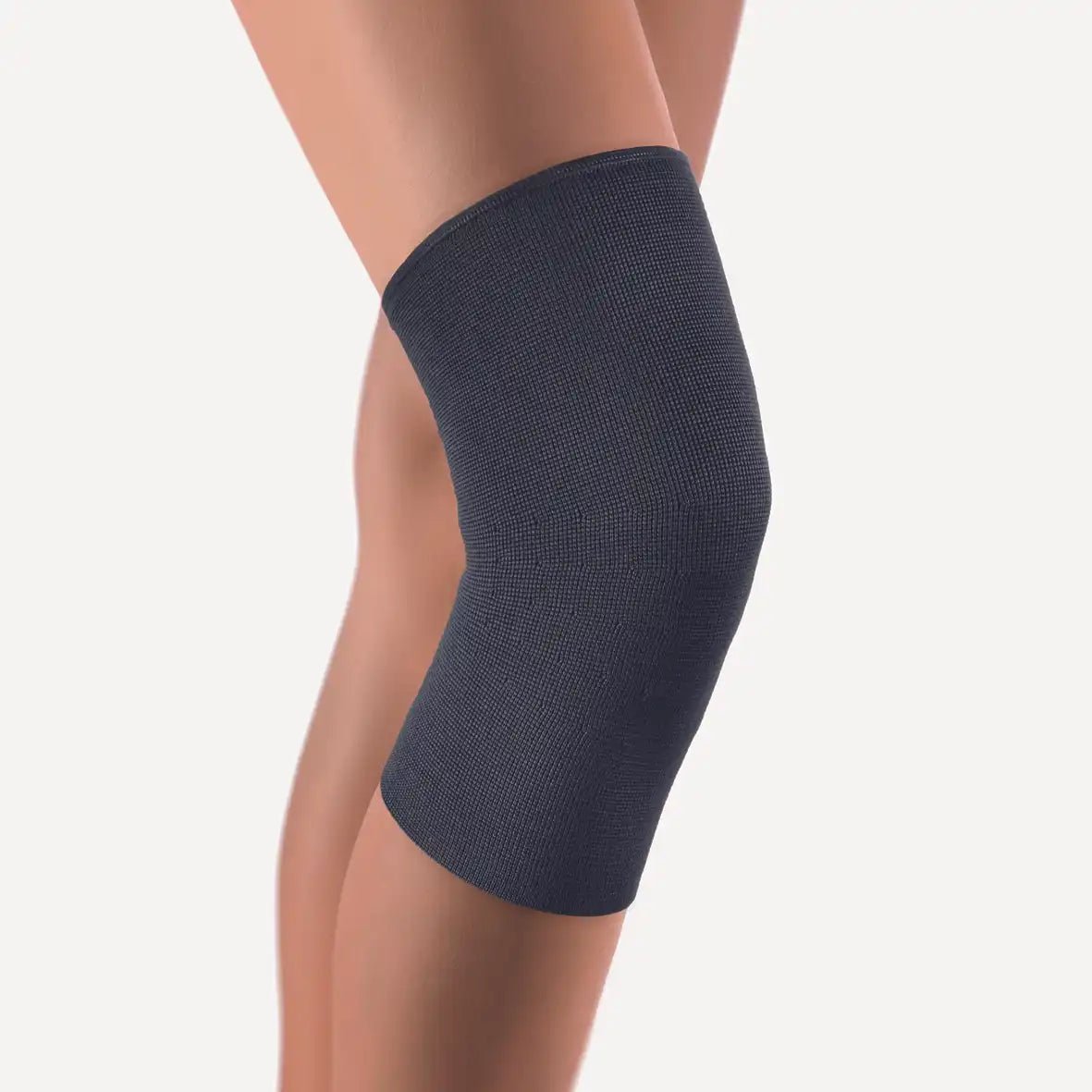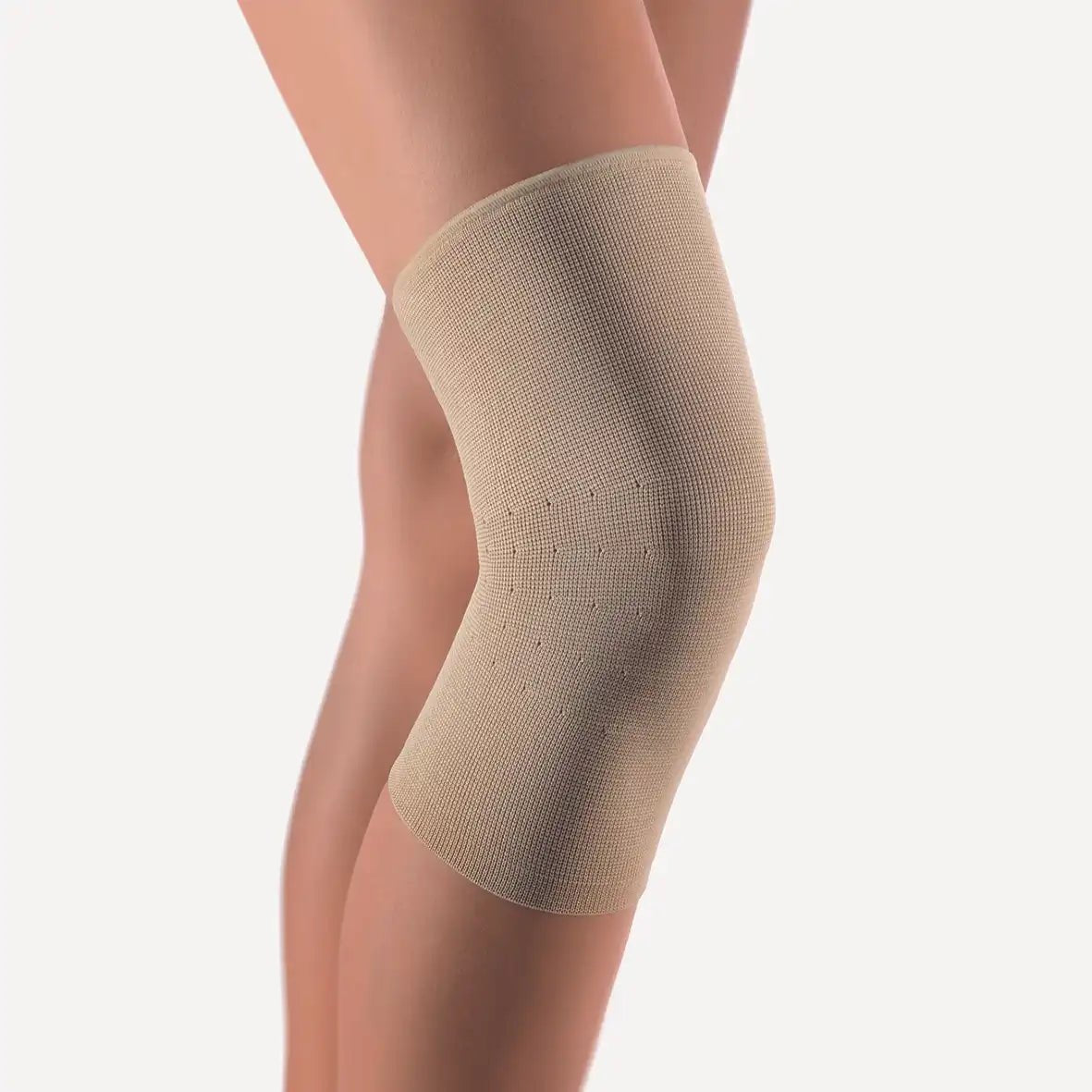
Tech Neck
Content description
Neck hunch, sometimes called forward head posture or “tech neck,” is a common posture problem in today’s society. When the head is pushed forward in relation to the spine, the strain on the neck, shoulders, and back increases. This often leads to discomfort and pain that can negatively affect both everyday and professional life. Neck hunch has become increasingly common as we spend more time in front of computers and cell phones.
Symptoms of a tech neck
Typical symptoms may include:
- Head and neck thrust forward
- Pain or aches in the neck, shoulders, or upper back
- Stiffness in the neck or shoulders
- Feeling tired or reduced mobility
- Headache or dizziness
Causes
The cause is usually prolonged and one-sided sitting, especially in front of screens or in poorly adapted working positions. When the head is pushed forward, the strain on the neck muscles and joints increases. Poor ergonomics, weak back and neck muscles and age-related changes can also contribute. For every centimeter that the head is pushed forward, the perceived weight on the neck muscles increases, which means that the muscles quickly become tired and begin to ache.
Treatment
Treatment focuses on regaining better posture and strengthening the muscles that hold the head up. Exercises that strengthen the back and neck muscles, as well as stretching the chest and shoulders, are important. It is also good to regularly remind yourself to straighten up, and to take breaks from sedentary work. Ergonomic aids such as posture vests or adjustable desks can be a support to improve posture.
Preventive measures
To reduce the risk, it is a good idea to vary your working position, take regular breaks, and avoid sitting leaning forward for long periods of time. It is also important to strengthen the muscles of the back and neck through movement and exercise. An ergonomically designed workplace helps prevent problems.
Recommended products
How do I know if I have a hunchback?
If you notice that your head is often pushed forward and that you experience pain or stiffness in your neck and shoulders, it may indicate a stiff neck.
Can gamnacke cause other problems?
Yes, untreated whiplash can lead to chronic pain, headaches, dizziness, and even numbness in the arms.
How long does it take to get better?
Many people experience improvement within a few weeks if they exercise regularly and adjust their working posture.
Are aids such as posture vests effective?
They can provide support and remind you of correct posture, but you get the best effect in combination with exercise and good ergonomics.




